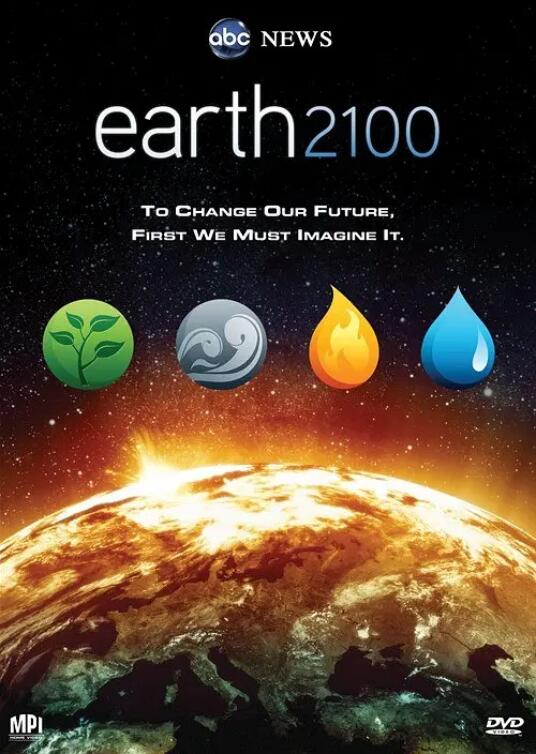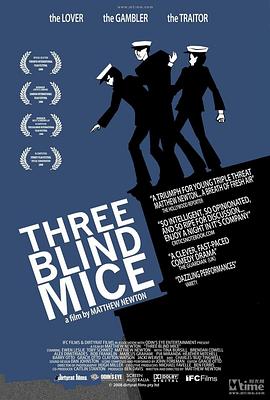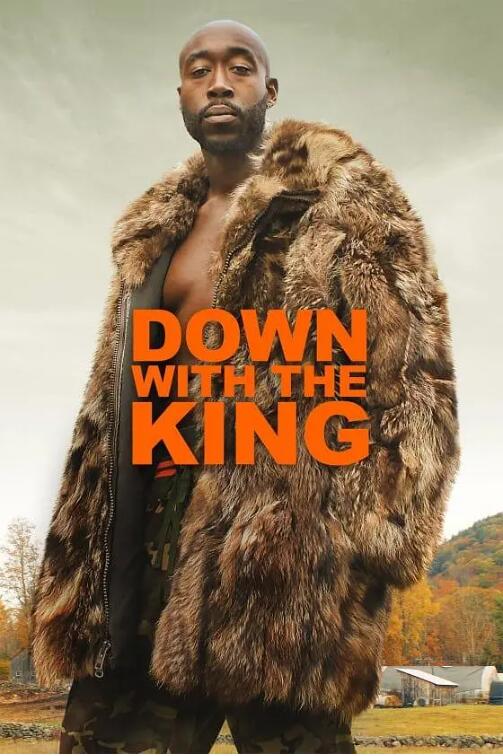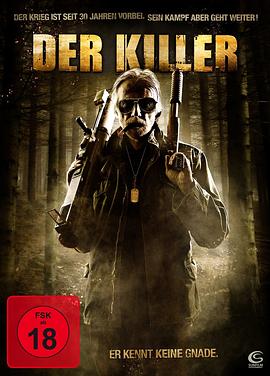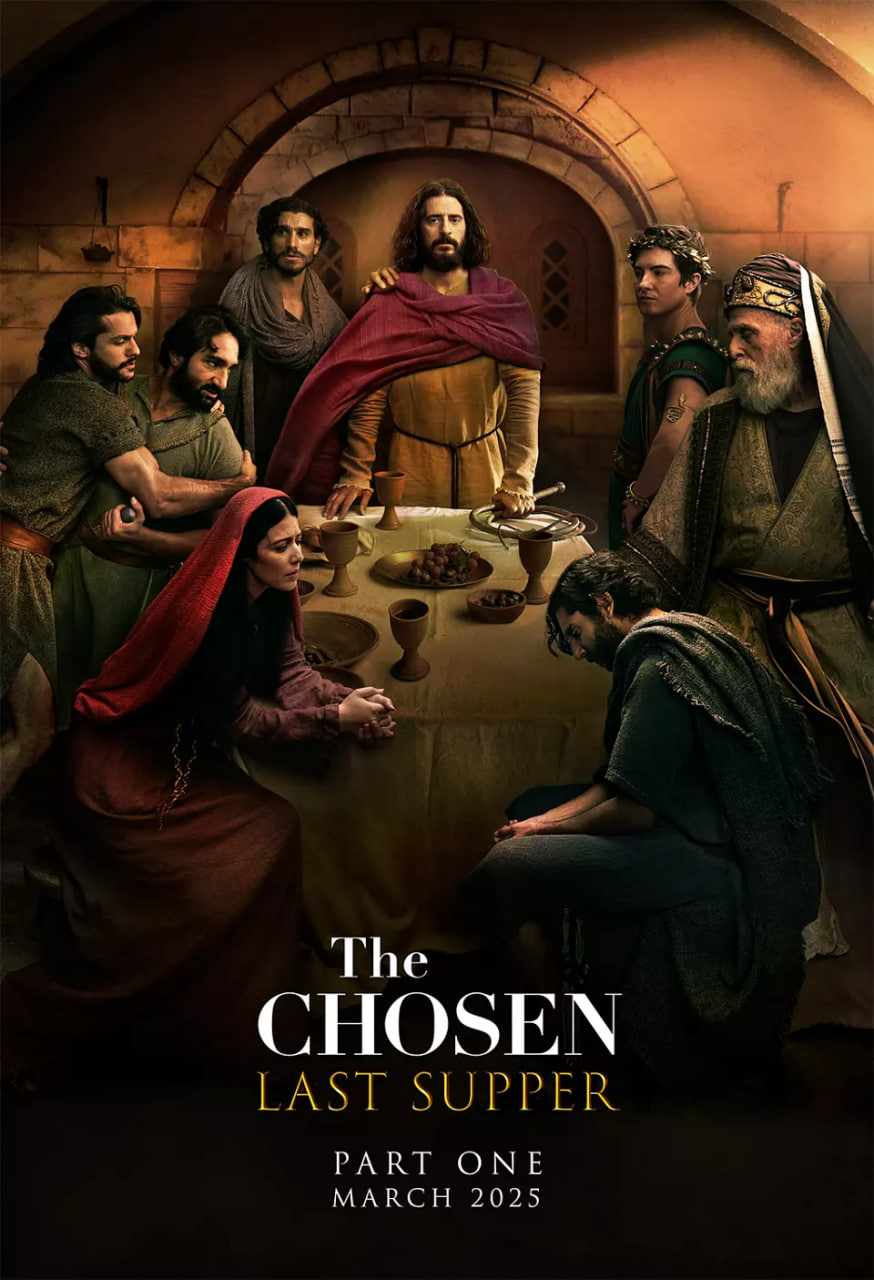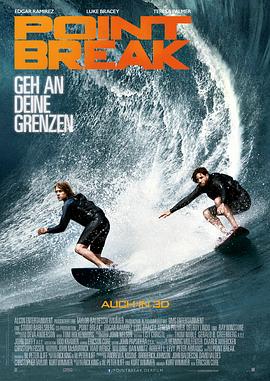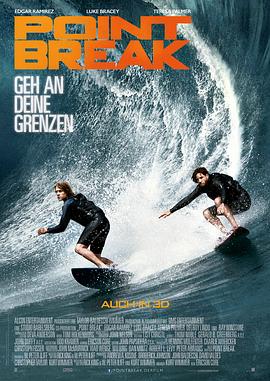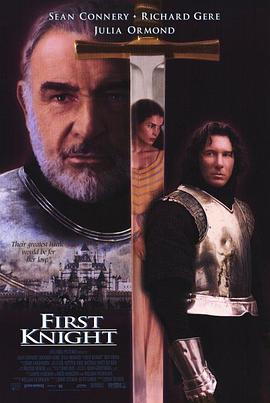备注:已完结
类型:纪录片
主演:Bob Woodruff
导演:Rudy Bednar
语言:英语
年代:未知
简介:【搜狐科学消息】 据美国广播公司报道,最近一个文明世纪我们的生活会怎样?我们的技术、知识和财富能否拯救我们自己?我们人类社会真的会崩溃吗?据世界许多顶级科学家认为,答案是肯定的,除非我们现在开始采取措施。今年9月,美国广播公司新闻频道将播放长达2小时的有关《地球2100》的生动专题片。在此专题片中,全球最伟大的头脑将集合一起,从2100年倒计时开始,告诉我们得怎样做才能幸存到下一个世纪。与此同时,他们还预告我们,如果我们不这样做将会发生什么。太平洋学院院长彼得·格雷克表示,现在就是我们行动的时候。“这个世纪将决定人类是死亡还是活下来的一个世纪,也是决定我们是否是一种可持续发展的物种的世纪。当人口继续增长时,当我们的资源消耗增加时,我想我们越来越接近灭绝的边缘。”专家表示气候的极端变化,再加上资源减少,还有饥荒、战争和疾病的频繁爆发,可以在100年之内有潜力创造一个“盘古开天”后的世界。美国哈佛大学气候学家约翰·霍尔德斯表示,我们不能继续朝同样的路线前进。“如果我们继续按往常一样生活,我们将看到更多的水灾,更多的旱灾,更多的热浪,更多的森林火灾,更多的冰融化,水平面上升更快。我们得在10年之内开始纠正我们的生活方式。如果我们还将放慢我们的步伐,到2015年,我想这时几乎不可能让世界避开气候变化的影响,到时没有无法忍受的开支,我们根本不能治理地球。”为了避免这种恐怖的未来,我们得开始设想它。在空前发展的网络时代,美国广播公司正在邀请全球各地的人们将这种未来带到他们的生活中去。该公司正请求你用你的想象力来打造有关下个世纪生活状况的简短视频。通过利用来自顶级专家们的预报,他们将让参与者简单描绘2015年、2050年、2070年和2100年全球的环境状况。他们还想让你描绘在你眼前发生的各种危险。网上所得的这些简短视频将结合顶级科学家、历史学家和经济学家的规划,生成一个有关我们未来所面临危险的强大有力的网上描述。他们将选择最引人注目的报告,制成《地球2100》专题片的主题内容。(元元)
备注:已完结
类型:喜剧片
主演:伊文·莱斯利 托比·施密茨 马修·纽顿 Tina Bursill 布伦
导演:马修·纽顿
语言:英语
年代:未知
简介:三个年轻的澳洲皇家海军军官在返回军队服役的前一晚在悉尼呆了一个晚上。萨姆在军队里曾经被虐待过,所以准备趁机当逃兵;迪恩则要急着要跟未婚妻和未来岳父岳母见面;而哈利则只是想大玩特玩一把扑克牌。在这短短一个晚上,他们失去了自己,也失去了彼此—萨姆很爱他的爷爷和妈妈,但是又害怕回去军队后遭到同样的待遇,所以正左右为难;迪恩只想着尽快服完役就回去跟未婚妻结婚,做一个正常人,但却又被过去被上司命令一同虐待萨姆的回忆而深深内疚着。而哈利不但放任自己,原来他在来之前就已经设计陷害了自己上司,然后想着让自己取而代之。这三个关系亲密而又各怀心事的好朋友,最后能否一同克服困难,找回真实的自我,在人生道路上继续前进呢?
备注:已完结
类型:剧情片
主演:Freddie Gibbs Bob Tarasuk 杰米·纽曼 大卫·
导演:迭戈·翁加罗
语言:英语
年代:未知
简介:一位著名的说唱歌手对音乐产业和成为名人的压力感到失望,他离开了这座城市和他的职业生涯,来到了一个小镇的农业社区。
备注:已完结
类型:战争片
主演:布莱恩·拉金 Bob Cymbalski Hugh Lambe
导演:Neil Mackay
语言:英语
年代:未知
简介:影片讲述美国西部一帮退休的老兵为了拯救一个老战友铤而走险深入黑帮内幕的故事.........
备注:已完结
类型:剧情片
主演:Bob Dylan Joan Baez Judy Collin
语言:英语
年代:未知
简介:"Bob Dylan going electric" at the 1965 Newport Folk Festival is one of those epochal moments in rock history that seemingly everyone has heard about, but what few people seem to know is that it wasn't some ephemeral event that we only know from word of mouth -- filmmaker Murray Lerner documented the performances at the Newport Festival for several years running, and The Other Side of the Mirror collects footage from the three years Dylan appeared at the celebrated folk gathering, allowing us to see Dylan's rise through the folk scene for ourselves. Watching Lerner's documentary, what's most remarkable is how much Dylan changed over the course of 36 months; the young folkie performing at the afternoon"workshop" at the side of Joan Baez in 1963 is at once nervy and hesitant, singing his wordy tunes while chopping away at his acoustic guitar and energizing the crowd without seeming to know just what he's doing. In 1964, Dylan all but owns Newport, and he clearly knows it; he's the talk of the Festival, with Baez and Johnny Cash singing his praises (and his songs), and his command of the stage is visibly stronger and more confident while his new material (including"Mr. Tambourine Man" and"It Ain't Me, Babe") sees him moving away from the"protest songs" that first made his name. When the audience demands an encore after Dylan's evening set (Odetta and Dave Van Ronk were scheduled to follow him), Peter Yarrow tries to keep the show moving along while Dylan beams at the crowd's adulation, like the rock star he was quickly becoming. By the time the 1965 Newport Festival rolled around, Dylan's epochal"Like a Rolling Stone" was starting to scale the singles charts, and the hardcore folk audience was clearly of two minds about his popular (and populist) success. When Dylan, Fender Stratocaster in hand, performs"Maggie's Farm" backed by Al Kooper, Mike Bloomfield and the rhythm section from the Paul Butterfield Blues Band, the raucous but hard-driving number inspires a curious mixture of enthusiastic cheering and equally emphatic booing, and while legend has it that the version of"Like a Rolling Stone" that followed was a shambles, the song cooks despite drummer Sam Lay's difficulty in finding the groove, though if anything the division of the crowd's loyalties is even stronger afterward. After these two numbers, Dylan and his band leave the stage, with Yarrow (once again serving as MC) citing technical problems (if Pete Seeger really pulled the power on Dylan, as legend has it, there's no sign of it here); Dylan returns to the stage with an acoustic six-string to sing"Mr. Tambourine Man" and"It's All Over Now, Baby Blue" before vanishing into the night without comment. While much of the audience at Newport in 1965 wanted the"old" Dylan back, his strong, willful performances even on the acoustic stuff makes it obvious that the scrappy semi-amateur we saw at the beginning of the movie was gone forever, and the ovations suggest more than a few people wanted to see Dylan rock. Lerner's film tells us a certain amount of what we already knows, but it gently debunks a few myths about Dylan during this pivotal moment in his career, and his performances are committed and forceful throughout; no matter how many times you've read about Dylan's Newport shoot-out of 1965, seeing it is a revelatory experience, and Lerner has assembled this archival material with intelligence and taste. This is must-see viewing for anyone interested in Dylan or the folk scene of the '60s.
